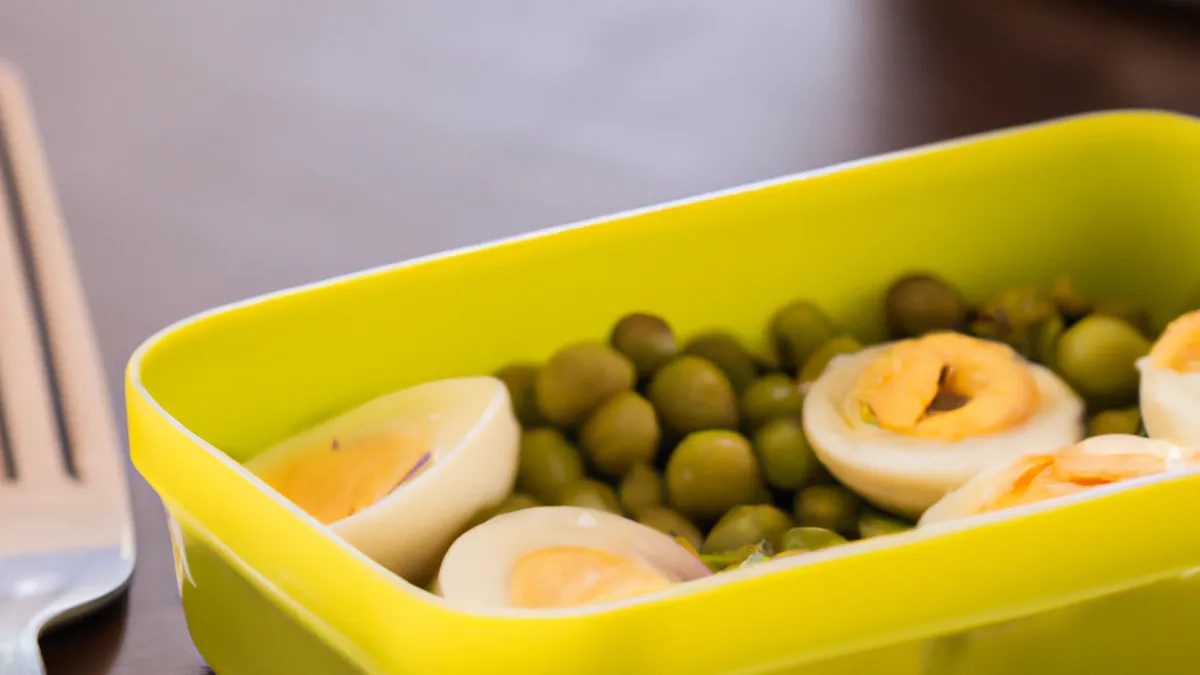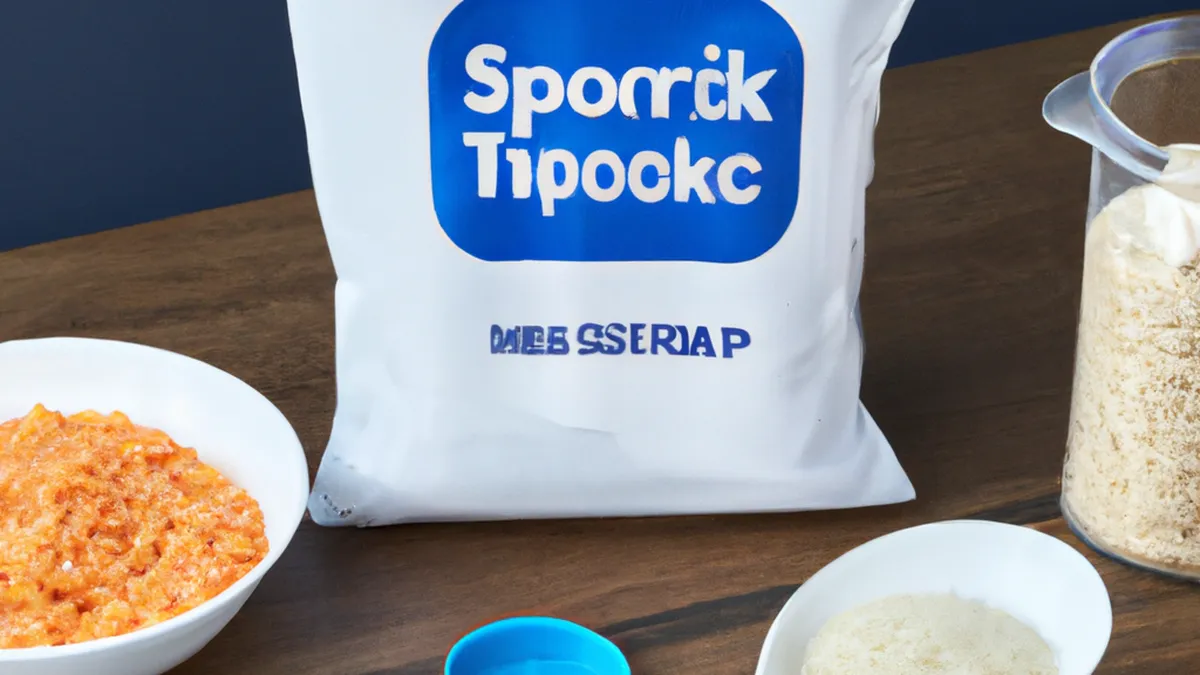Ready to Play: Carbohydrate Strategies
Pre-game Carbohydrate Loading: Fuel Your PerformanceAthletes prioritize proper nutrition. Carbohydrate loading before an event enhances performance. This strategy maximizes muscle glycogen stores, vital for endurance sports. In this blog, we share tips, advice, and benefits of pre-game carbohydrate loading.
What is Carbohydrate Loading?
Carbohydrate loading enhances athletic performance. It involves increasing carbohydrate intake before an endurance event to maximize glycogen stores. Glycogen serves as the primary energy source during prolonged physical activity. By loading carbohydrates, athletes secure necessary energy reserves for optimal performance.Typically, athletes begin carbohydrate loading three to four days before competition. Runners, cyclists, and triathletes commonly practice this. When athletes consume carbohydrates, their bodies convert them into glucose. Muscles store this glucose as glycogen for energy during exercise.
The Science Behind Carbohydrate Loading
As an Amazon Associate I earn from qualifying purchases.
Gear tip: consider soft flask, collapsible funnel, and reusable snack bags to support this topic.
Understanding carbohydrate loading’s science highlights its importance. Muscles and liver store glycogen, providing readily available energy during activity. Endurance athletes experience fatigue and performance decline from glycogen depletion.Research shows maximizing glycogen stores enhances endurance performance and delays fatigue. During exercise, muscle glycogen serves as the primary fuel source. Studies indicate athletes engaging in carbohydrate loading improve performance by 2-3% or more, potentially determining competitive outcomes.
Tips for Effective Carbohydrate Loading
1. Plan Ahead
Increase carbohydrate intake three to four days before the event. This strategy allows your body to adapt and maximize glycogen storage. Gradual increases prevent gastrointestinal discomfort and improve carbohydrate utilization.
2. Choose the Right Carbs
Opt for complex carbohydrates like whole grains, fruits, and vegetables. Foods such as brown rice, quinoa, and sweet potatoes provide sustained energy. Avoid simple carbohydrates like sugary snacks, as they can cause energy crashes.
3. Keep It Balanced
While increasing carbohydrates, maintain a balanced diet with proteins and healthy fats. Proteins support muscle repair, while healthy fats offer additional energy sources. Consume adequate vitamins and minerals from fruits and vegetables for optimal health and performance.
4. Stay Hydrated
Hydration plays a crucial role in carbohydrate loading. Proper hydration supports glycogen storage, as water helps retain glycogen in muscles. Aim for at least 2 liters of water daily.
Conclusion
Pre-game carbohydrate loading enhances athletic performance. Implement these strategies to maximize glycogen stores and perform at your best.
Below are related products based on this post:
FAQ
What is carbohydrate loading?
Carbohydrate loading is a nutritional strategy that enhances athletic performance by increasing carbohydrate intake before an endurance event. This process maximizes glycogen stores, which serve as the primary energy source during prolonged physical activity.
How long before an event should athletes start carbohydrate loading?
Athletes should begin carbohydrate loading three to four days prior to the competition. This timeline allows the body to adapt and effectively maximize glycogen storage, which is crucial for optimal performance.
What types of carbohydrates should athletes consume while loading?
Athletes should focus on complex carbohydrates like whole grains, fruits, and vegetables, which provide sustained energy. Foods such as brown rice, quinoa, and sweet potatoes are ideal, while simple carbohydrates like sugary snacks should be avoided to prevent energy crashes.















Post Comment